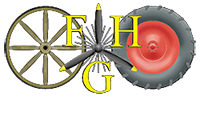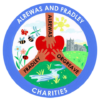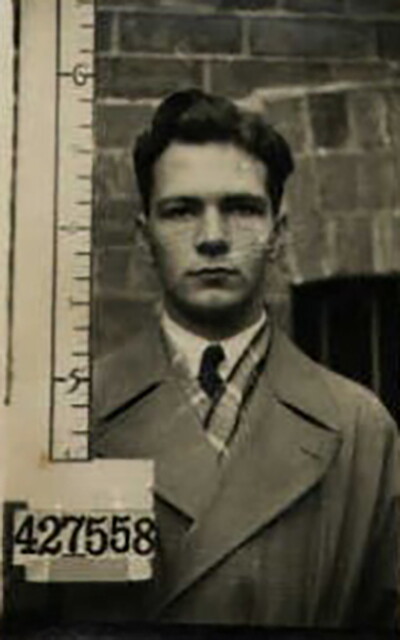Initial Training School
At Initial Training School, to which all recruits were sent first, the young men were tested and then streamed into areas of training. Those who showed an aptitude for flying were trained as pilots, others with mathematical skills as navigators, etc. The recruits would then pass through a succession of increasingly more advanced training establishments before graduating from the scheme.
Rollo Sharpe went on No 29 Course at No 5 Initial Training School, Clontarf, on the Canning River near Perth on 19th July 1943. He was mustered as Under Training (Pilot). Clontarf had been a boys’ orphanage that the RAAF had taken over for use as an Initial Training School. Training covered all aspects of the theory of flight, navigation, mathematics, but no actual flying, however many hours were spent on the ground based “Link” trainer. Trainees were categorised at the end of two months, the Wireless Air Gunners then went to Ballarat in Victoria while the Pilots and Observers remained at Clontarf for a further four weeks before being sent for flying training. At this stage Rollo was selected for Pilot training and after completion of his ITS training he was promoted Leading Aircraftman and on 12th November 1942 he was posted to No 9 Elementary Flying Training School Cunderin.
Elementary Flying Training
No 9 Elementary Flying Training School was based at Cunderdin in the Western Australian wheat belt east of Perth. After a week’s leave Rollo travelled to Cunderdin 12th November 1942. The first week was taken up with ground instruction, followed by the first flight as a passenger for 35 minutes on 20th November 1942. The training aircraft was the De Havilland DH82A Tiger Moth. The maximum allowable instruction hours for going solo were fifteen. If a pupil got this far without his instructor considering him ready for a solo flight, he was checked by the Chief Flying Instructor. If he was found to be close to going solo he authorised further instruction and, if not, the pupil was scrubbed and reclassified as an Observer or Wireless Air Gunner. The average flying time to the first solo was about 10 hours and the full basic training took around 50 hours. Accidents in training were common and recruits got used to this and to loosing comrades. However during Rollo’s time here and for his entire intake there were no flying accidents and no loss of life among the trainee pilots.
Wireless and Gunnery Training
Rollo undertook pilot training at Cunderdin for approximately five months before he was found to be not making the grade and was on 29th April 1943 re-mustered as an Under Training Air Gunner and sent to No 1 Wireless and Gunnery School at Ballarat in the state of Victoria. From there he went to No 3 Bombing and Gunnery school at Sale in Victoria on 23rd August 1943. Those recruits who had failed pilot training had an advantage over others on their training courses, this meant they invariably passed out at the top of the course. As an incentive scheme the RAF and the RAAF offered the top two recruits on every course a commission. Rollo clearly was one of these top two on his course, as on 17th September 1943 he qualified as an Air Gunner, was granted a commission in the Royal Australian Air Force and was posted to No 5 Embarkation Depot at Subiaco Western Australia to await further orders. Whilst undergoing training as an Air Gunner, Rollo had completed nine hours 50 minutes flying time.










